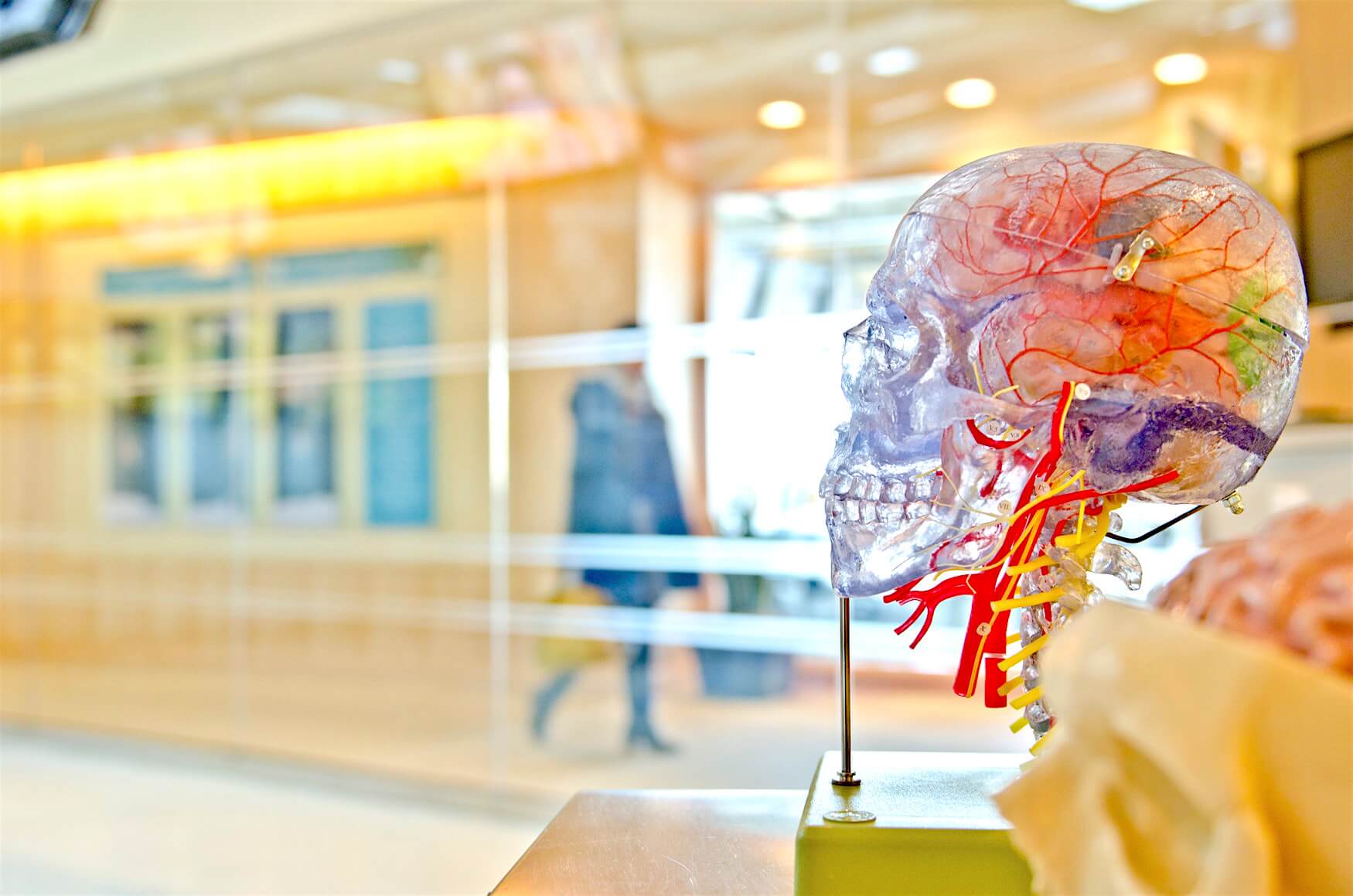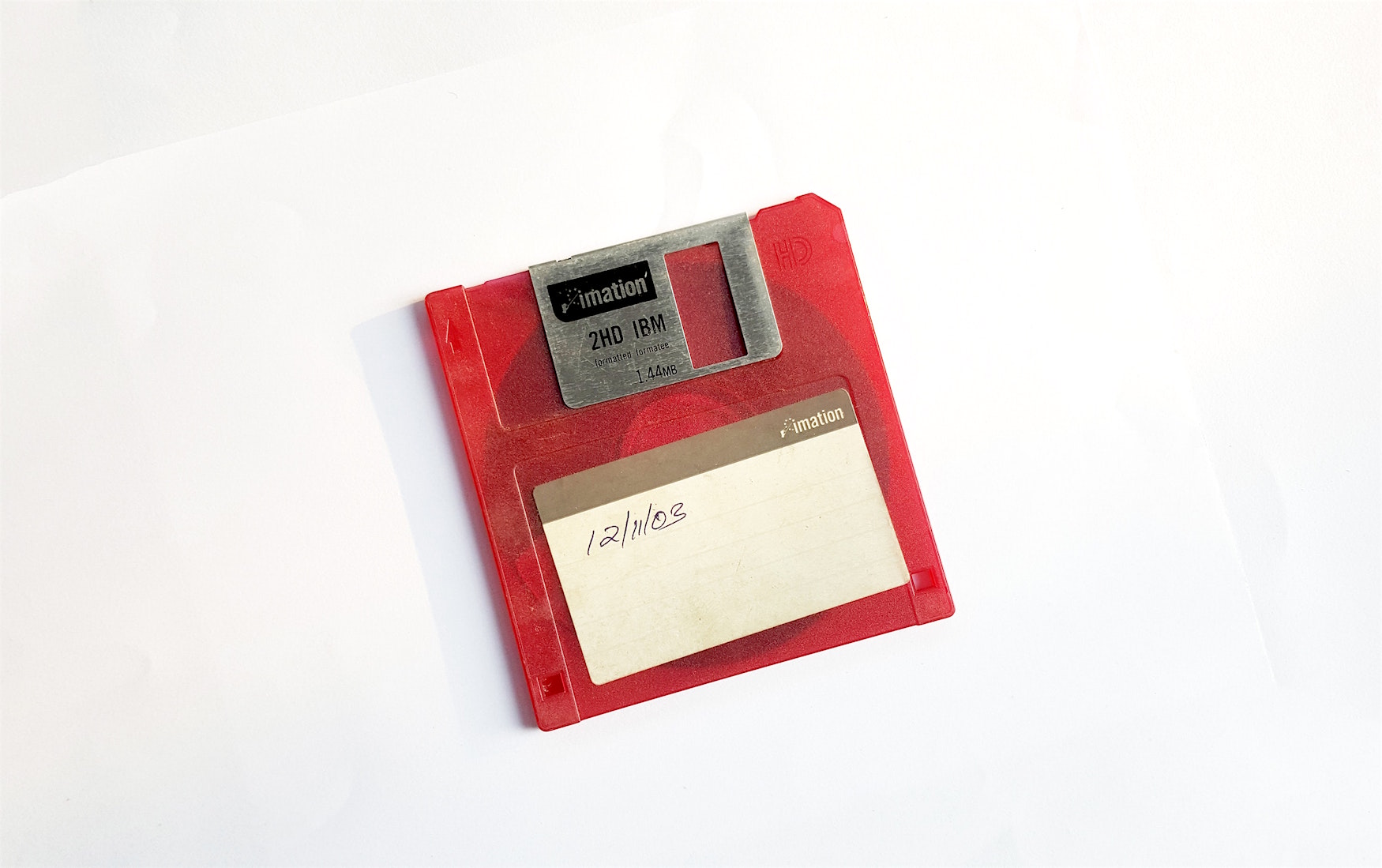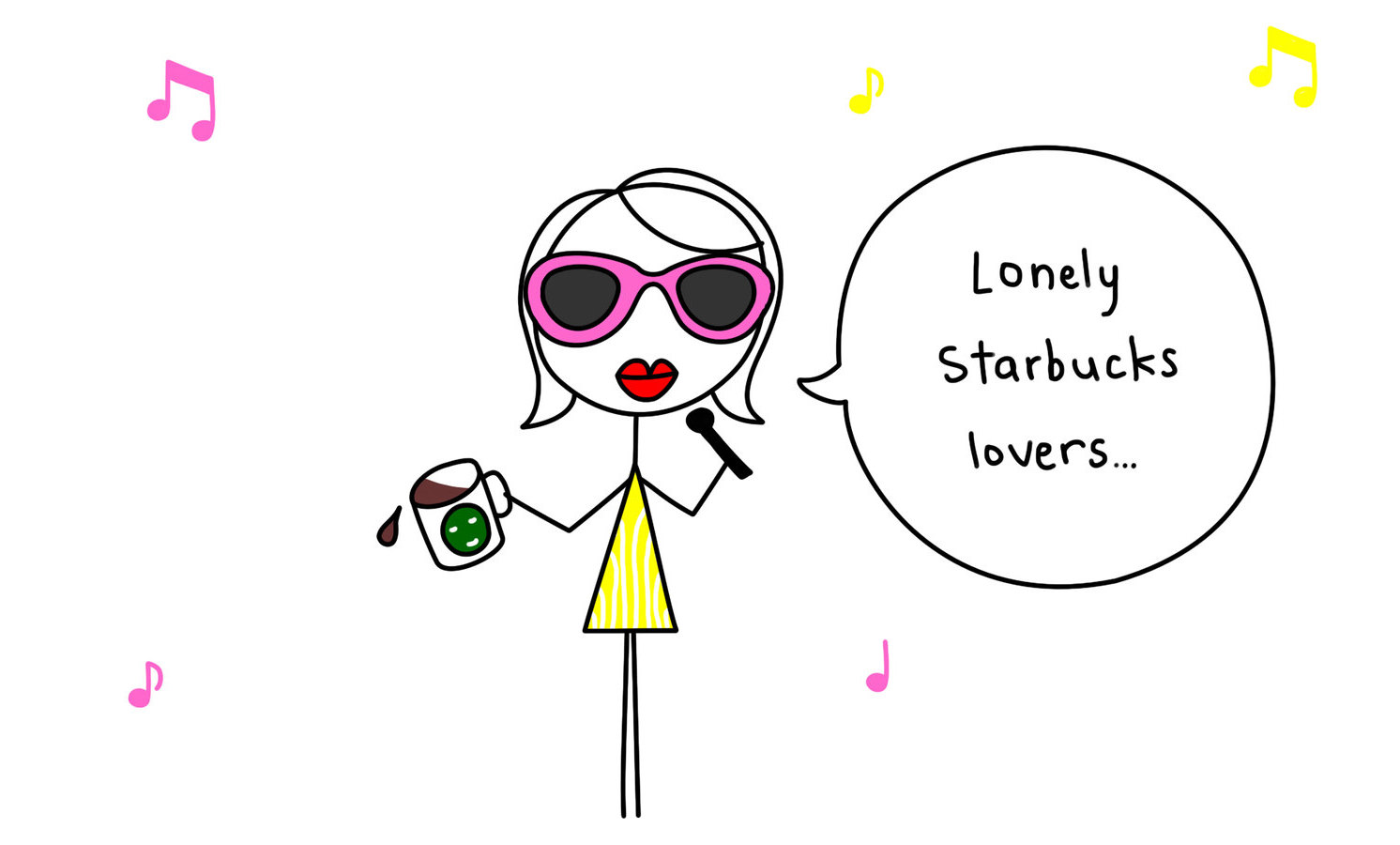Likbez from memory: what it happens, and what it gives us
A good memory is an undeniable advantage for students and the skill that will certainly come in handy in life - regardless of what your academic disciplines were.
Today we decided to open a series of materials on how to pump memory - let's start with a short educational program: what kind of memory happens and what methods of memorization work for sure. Photo jesse orrico - Unsplash

It is easiest to describe memory as the ability to accumulate, preserve, reproduce knowledge and skills for some time. “Some time” may take seconds, and may last a lifetime. Depending on this (and also on what parts of the brain are active at one time or another), memory is usually divided into sensory, short-term and long-term.
Sensory- this is a memory that is activated in just a split second, it is outside our conscious control and, in fact, is an automatic response to environmental changes: we see / hear / feel the object, recognize it and "complete" the surrounding environment with new information. In fact, this is a system that allows us to register the picture that our senses perceive. True, for a very short time - information in sensory memory is stored literally half a second or less.
Short-termthe memory "works" within up to several tens of seconds (20-40 seconds). We are able to reproduce the information obtained in this time period, without having to check the original source. True, not all: the amount of information that short-term memory can hold is limited - for a long time it was believed that it contains "seven plus or minus two objects."
The reason for this was the article by the Harvard cognitive psychologist George Armitage Miller “The Magic Number 7 ± 2”, which was published in the journal Psychological Review back in 1956. In it, he described the results of experiments during his work at Bell Laboratories: according to his observations, a person could store in short-term memory from five to nine objects - whether it be a sequence of letters, numbers, words or images.
Subjects memorized more complex sequences by grouping elements so that the number of groups was also in the range of 5 to 9. True, modern research yields more modest results - 4 ± 1 is considered a “magic number”. Such estimates are given , in particular, by psychology professor Nelson Cowan in a 2001 article.

Long-term memory is arranged differently - the duration of information storage in it can be unlimited, the volume is much larger than short-term memory. Moreover, while temporary neural connections in the frontal and parietal cortex are occupied in the work of short-term memory, long-term memory exists due to stable neural connections distributed over all parts of the brain.
All these types of memory do not exist separately from each other - one of the most famous models of the relationship between them was proposed by psychologists Richard Atkinson and Richard Shiffrin (Richard Atkinson, Richard Shiffrin) in 1968. According to their assumption, the information is first processed by sensory memory. Sensory memory buffers provide short-term memory information. Further, if the information is repeated several times, then from the short-term memory it goes "into a long-term storage".
Another model after 4 years was proposed by cognitive psychologists Fergus Crake and Robert Lockhart (Fergus IM Craik, Robert S. Lockhart). It is based on the idea that the duration of information storage and whether it remains only in sensory memory or goes into long-term memory depends on the “depth” of processing. The more complex the processing method and the more time spent on it, the higher the likelihood that the information will be remembered for a long time.
Studies of the relationships between types of memory have led to more complex classifications and models. So, for example, long-term memory began to be divided into explicit (it is also called conscious) and implicit (unconscious or hidden).
Explicit memory is what we usually mean when we talk about memorization. It, in turn, is divided into episodic (memories of the life of the person himself) and semantic (memory of facts, concepts and phenomena) - such a division was first proposed in 1972 by Canadian psychologist of Estonian origin Endel Tulving.

Implicit memory is usually divided into priming and procedural memory. The priming or fixation of an attitude occurs when a particular stimulus affects how we perceive the stimulus following it. For example, because of priming, the phenomenon of misheard lyrics (when something is heard wrong in the songs)may seem especially funny- when we learn a new, absurd version of a line from a song, we also begin to hear it. And vice versa - a previously illegible record becomes understandable if you see the decryption of the text.
As for procedural memory, its vivid example is motor memory. Your body "knows itself" how to ride a bicycle, drive a car or play tennis, in the same way a musician plays a familiar piece, without looking at the notes and not thinking about what the next measure should be. These are far from the only memory models.
Original options were offered by contemporaries of Miller, Atkinson and Schiffrin, as well as the next generation of researchers. There are many more classifications of types of memory: for example, autobiographical memory is allocated into a separate class (something between intermediate and semantic), and in addition to short-term memory, they sometimes talk about working memory (although some scientists, for example, the same Cowen, considerthat working memory is rather a small section of long-term memory that a person operates in the moment).
The benefits of a good memory are, of course, obvious. Not only for students on the eve of the exam - according to a recent Chinese study, memory training, in addition to its main task, also helps regulate emotions. For better retention of objects in short-term memory, the grouping method (English chunking) is most often used - when objects in a certain sequence are grouped by meaning. This is the very method that underlies the "magic numbers" (given modern experiments, it is desirable that the number of resulting objects does not exceed 4-5). So, for example, the phone number 9899802801 is much easier to remember if you break it into blocks 98-99-802-801.
On the other hand, short-term memory should not be extremely sharp, sending literally all the information received "to the archive." These memories are short-lived precisely because most of the phenomena surrounding us carry nothing fundamentally important: the restaurant menu, shopping list, and what you were wearing today are clearly not the kind of data that is really important to keep in your memory for years.
As for long-term memory, the basic principles and methods of its training are both the most complex and time-consuming. And pretty obvious.

Repeated recall . The advice is banal, however, reliable: it is the repeated attempts to remember something that make it possible to “place” an object in a long-term storage. There are a couple of nuances. Firstly, it is important to choose the right time interval after which you will try to remember the information (not too long, not too short - it depends on how well your memory is already developed).
Suppose you sorted out an exam ticket and tried to memorize it. Try to repeat the ticket in a few minutes, in half an hour, in an hour, two, the next day. This will require more time for one ticket, but relatively frequent repetition at not too long intervals of time will help to better consolidate the material.
Secondly, it is important to try to recall the entire material without looking at the answers at the first difficulty - even if it seems to you that you don’t remember anything at all. The more you manage to “fish out” from your memory the first time you try, the better the next will work.
Simulation in conditions close to real . At first glance, this only helps to cope with possible stress (at the exam or at a time when knowledge should be useful in theory). However, this approach allows not only to control nerves, but also to remember something better - this, incidentally, concerns not only semantic memory, but also motor memory.
Retelling / spelling in your own words . This approach provides a greater depth of information processing (if you focus on the model of Crack and Lockhart). In essence, it forces us to process information not only semantically (you evaluate the relationships between phenomena and their interconnection), but also “referring to yourself” (what would you call this phenomenon? How can you explain it yourself - without retelling word for word content article or ticket?). Both from the standpoint of this hypothesis are the levels of deep processing of information that provide more effective recall.
All these are rather laborious tricks, albeit effective. In the next article from the series we will see what other approaches work for the development of memory, and whether there are life hacks among them that help to save time and spend a little less effort on memorizing.
Other materials from our blog on Habré:
Our photo excursions on Habré:
Today we decided to open a series of materials on how to pump memory - let's start with a short educational program: what kind of memory happens and what methods of memorization work for sure. Photo jesse orrico - Unsplash

Memory 101: from a split second to infinity
It is easiest to describe memory as the ability to accumulate, preserve, reproduce knowledge and skills for some time. “Some time” may take seconds, and may last a lifetime. Depending on this (and also on what parts of the brain are active at one time or another), memory is usually divided into sensory, short-term and long-term.
Sensory- this is a memory that is activated in just a split second, it is outside our conscious control and, in fact, is an automatic response to environmental changes: we see / hear / feel the object, recognize it and "complete" the surrounding environment with new information. In fact, this is a system that allows us to register the picture that our senses perceive. True, for a very short time - information in sensory memory is stored literally half a second or less.
Short-termthe memory "works" within up to several tens of seconds (20-40 seconds). We are able to reproduce the information obtained in this time period, without having to check the original source. True, not all: the amount of information that short-term memory can hold is limited - for a long time it was believed that it contains "seven plus or minus two objects."
The reason for this was the article by the Harvard cognitive psychologist George Armitage Miller “The Magic Number 7 ± 2”, which was published in the journal Psychological Review back in 1956. In it, he described the results of experiments during his work at Bell Laboratories: according to his observations, a person could store in short-term memory from five to nine objects - whether it be a sequence of letters, numbers, words or images.
Subjects memorized more complex sequences by grouping elements so that the number of groups was also in the range of 5 to 9. True, modern research yields more modest results - 4 ± 1 is considered a “magic number”. Such estimates are given , in particular, by psychology professor Nelson Cowan in a 2001 article.

Long-term memory is arranged differently - the duration of information storage in it can be unlimited, the volume is much larger than short-term memory. Moreover, while temporary neural connections in the frontal and parietal cortex are occupied in the work of short-term memory, long-term memory exists due to stable neural connections distributed over all parts of the brain.
All these types of memory do not exist separately from each other - one of the most famous models of the relationship between them was proposed by psychologists Richard Atkinson and Richard Shiffrin (Richard Atkinson, Richard Shiffrin) in 1968. According to their assumption, the information is first processed by sensory memory. Sensory memory buffers provide short-term memory information. Further, if the information is repeated several times, then from the short-term memory it goes "into a long-term storage".
Recollection (purposeful or spontaneous) in such a model is a reverse transition of information from long-term to short-term memory.
Another model after 4 years was proposed by cognitive psychologists Fergus Crake and Robert Lockhart (Fergus IM Craik, Robert S. Lockhart). It is based on the idea that the duration of information storage and whether it remains only in sensory memory or goes into long-term memory depends on the “depth” of processing. The more complex the processing method and the more time spent on it, the higher the likelihood that the information will be remembered for a long time.
Explicit, implicit, working - all this is also about memory
Studies of the relationships between types of memory have led to more complex classifications and models. So, for example, long-term memory began to be divided into explicit (it is also called conscious) and implicit (unconscious or hidden).
Explicit memory is what we usually mean when we talk about memorization. It, in turn, is divided into episodic (memories of the life of the person himself) and semantic (memory of facts, concepts and phenomena) - such a division was first proposed in 1972 by Canadian psychologist of Estonian origin Endel Tulving.

Implicit memory is usually divided into priming and procedural memory. The priming or fixation of an attitude occurs when a particular stimulus affects how we perceive the stimulus following it. For example, because of priming, the phenomenon of misheard lyrics (when something is heard wrong in the songs)may seem especially funny- when we learn a new, absurd version of a line from a song, we also begin to hear it. And vice versa - a previously illegible record becomes understandable if you see the decryption of the text.
As for procedural memory, its vivid example is motor memory. Your body "knows itself" how to ride a bicycle, drive a car or play tennis, in the same way a musician plays a familiar piece, without looking at the notes and not thinking about what the next measure should be. These are far from the only memory models.
Original options were offered by contemporaries of Miller, Atkinson and Schiffrin, as well as the next generation of researchers. There are many more classifications of types of memory: for example, autobiographical memory is allocated into a separate class (something between intermediate and semantic), and in addition to short-term memory, they sometimes talk about working memory (although some scientists, for example, the same Cowen, considerthat working memory is rather a small section of long-term memory that a person operates in the moment).
Trite, but reliable: basic techniques for training memory
The benefits of a good memory are, of course, obvious. Not only for students on the eve of the exam - according to a recent Chinese study, memory training, in addition to its main task, also helps regulate emotions. For better retention of objects in short-term memory, the grouping method (English chunking) is most often used - when objects in a certain sequence are grouped by meaning. This is the very method that underlies the "magic numbers" (given modern experiments, it is desirable that the number of resulting objects does not exceed 4-5). So, for example, the phone number 9899802801 is much easier to remember if you break it into blocks 98-99-802-801.
On the other hand, short-term memory should not be extremely sharp, sending literally all the information received "to the archive." These memories are short-lived precisely because most of the phenomena surrounding us carry nothing fundamentally important: the restaurant menu, shopping list, and what you were wearing today are clearly not the kind of data that is really important to keep in your memory for years.
As for long-term memory, the basic principles and methods of its training are both the most complex and time-consuming. And pretty obvious.

Repeated recall . The advice is banal, however, reliable: it is the repeated attempts to remember something that make it possible to “place” an object in a long-term storage. There are a couple of nuances. Firstly, it is important to choose the right time interval after which you will try to remember the information (not too long, not too short - it depends on how well your memory is already developed).
Suppose you sorted out an exam ticket and tried to memorize it. Try to repeat the ticket in a few minutes, in half an hour, in an hour, two, the next day. This will require more time for one ticket, but relatively frequent repetition at not too long intervals of time will help to better consolidate the material.
Secondly, it is important to try to recall the entire material without looking at the answers at the first difficulty - even if it seems to you that you don’t remember anything at all. The more you manage to “fish out” from your memory the first time you try, the better the next will work.
Simulation in conditions close to real . At first glance, this only helps to cope with possible stress (at the exam or at a time when knowledge should be useful in theory). However, this approach allows not only to control nerves, but also to remember something better - this, incidentally, concerns not only semantic memory, but also motor memory.
For example, according to the study , the ability to hit the balls was better developed among those baseball players who had to take different innings in an unpredictable order (as in a real game), unlike those who consistently trained to work with a specific type of innings.
Retelling / spelling in your own words . This approach provides a greater depth of information processing (if you focus on the model of Crack and Lockhart). In essence, it forces us to process information not only semantically (you evaluate the relationships between phenomena and their interconnection), but also “referring to yourself” (what would you call this phenomenon? How can you explain it yourself - without retelling word for word content article or ticket?). Both from the standpoint of this hypothesis are the levels of deep processing of information that provide more effective recall.
All these are rather laborious tricks, albeit effective. In the next article from the series we will see what other approaches work for the development of memory, and whether there are life hacks among them that help to save time and spend a little less effort on memorizing.
Other materials from our blog on Habré:
- 10 thematic events of ITMO University (May, June and July)
- Toolbox for Researchers: Self-Organization and Data Visualization
- A selection of books on how to learn, think and make effective decisions
- How to "learn to learn" - tips, tricks, and research
Our photo excursions on Habré:
